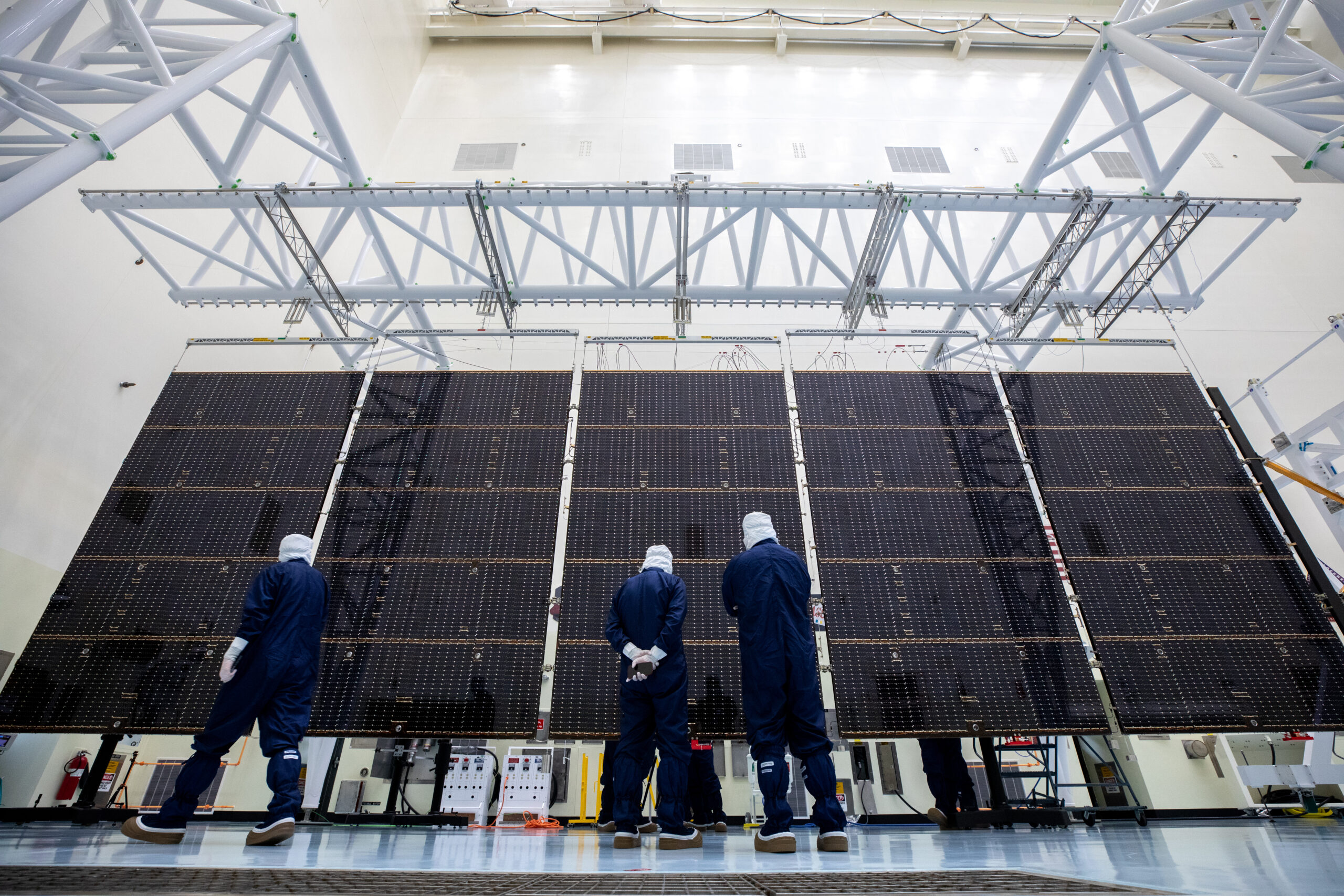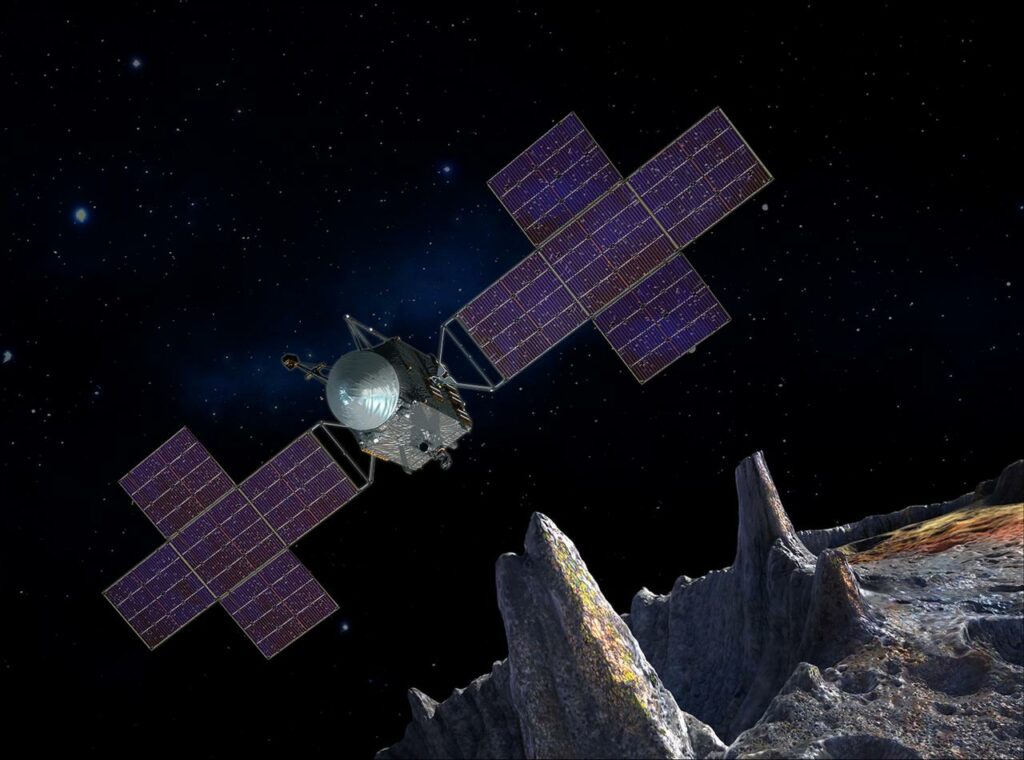NASA and SpaceX are standing down from the Thursday, Oct. 10, launch attempt of the agency’s Europa Clipper mission due to anticipated hurricane conditions in the area. Hurricane Milton is expected to move from the Gulf of Mexico this week moving east to the Space Coast. High winds and heavy rain are expected in the Cape Canaveral and Merritt Island regions on Florida’s east coast. Launch teams have secured NASA’s Europa Clipper spacecraft in SpaceX’s hangar at Launch Complex 39A at the agency’s Kennedy Space Center in Florida ahead of the severe weather, and the center began hurricane preparations Sunday.
“The safety of launch team personnel is our highest priority, and all precautions will be taken to protect the Europa Clipper spacecraft,” said Tim Dunn, senior launch director at NASA’s Launch Services Program.
On Oct. 4, workers transported NASA’s Europa Clipper spacecraft from the Payload Hazardous Servicing Facility at NASA’s Kennedy Space Center to the SpaceX Falcon Heavy rocket in the hangar as part of final launch preparations ahead of its journey to Jupiter’s icy moon. While Europa Clipper’s launch period opens Oct. 10, the window provides launch opportunities until Wednesday, Nov. 6.
Once the storm passes, recovery teams will assess the safety of the spaceport before personnel return to work. Then launch teams will assess the launch processing facilities for damage from the storm.
“Once we have the ‘all-clear’ followed by facility assessment and any recovery actions, we will determine the next launch opportunity for this NASA flagship mission,” said Dunn.




